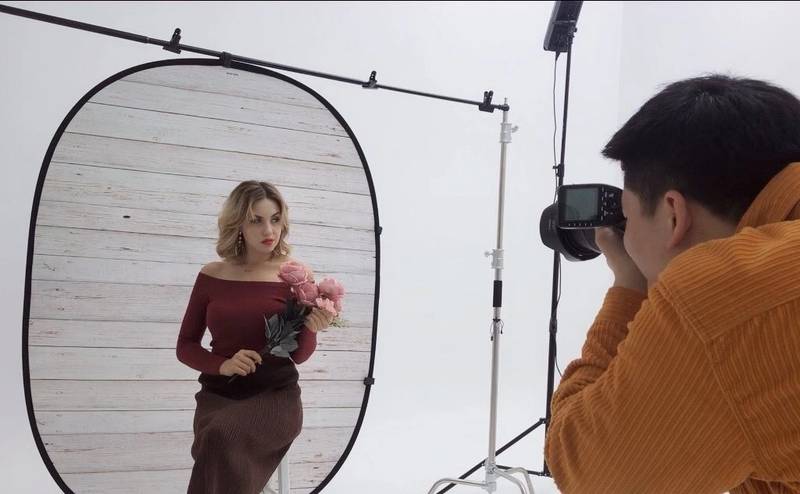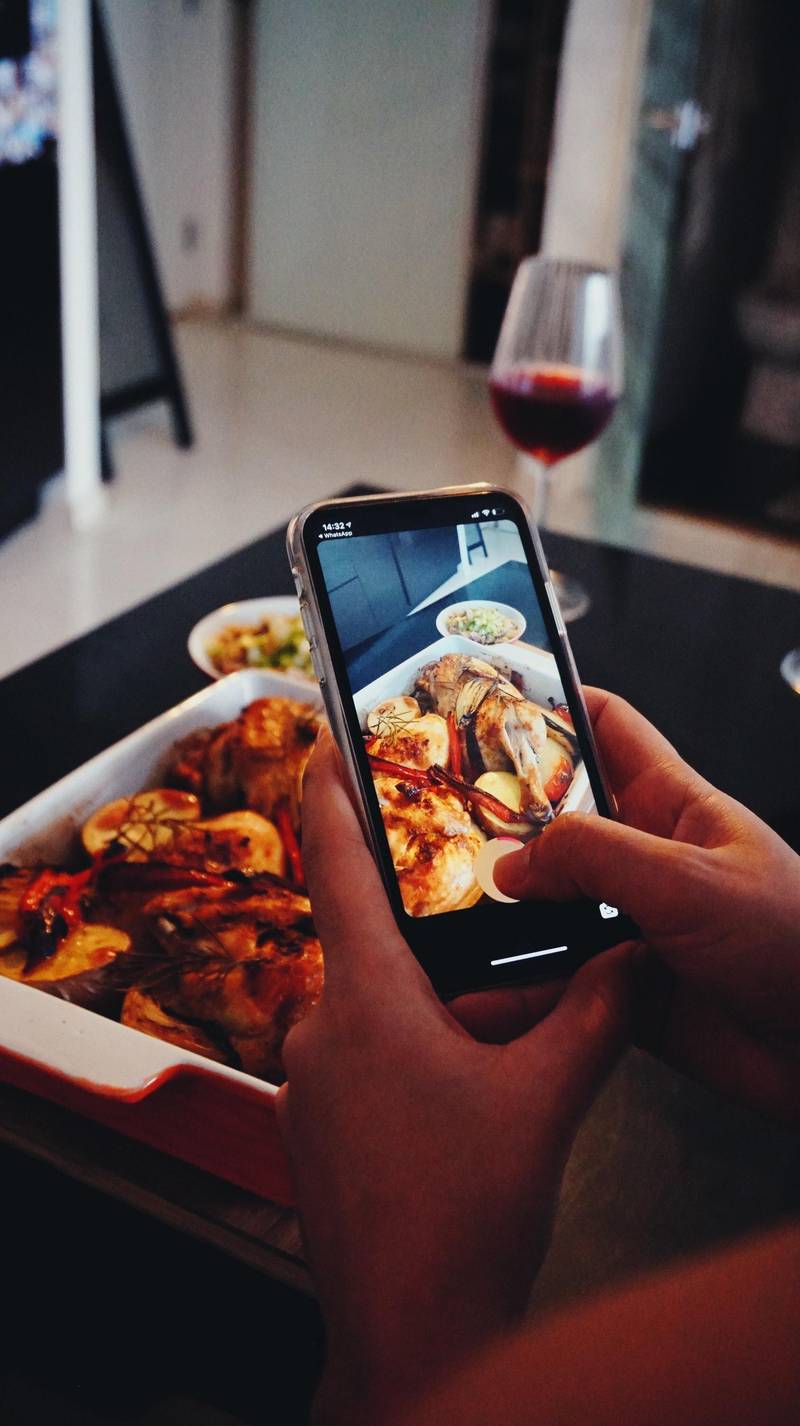If you're looking to market your business with photos, you'll want to make sure that they look their best. Professional photography techniques can be adapted to take great pictures for your website or social media pages. In this blog post, we'll discuss some of the equipment and lighting tips you'll need to produce high-quality photos for your business. With a little bit of practice, you'll be able to take amazing photos that will help promote your brand!
Hire A Photographer Or Do It Yourself?
One of the most important aspects of taking photos for your business is making sure that they are high quality. This means that you'll need to either hire a professional photographer or make sure that you have the right equipment and skills to do it yourself. If you're going to be taking pictures regularly, it might be worth hiring a photographer so that you can get consistent results.
However, for small and some mid-sized businesses, a professional photographer can be too expensive and you also lack the flexibility of being able to try new things and capture moments to share on your social media pages.
Thankfully, in the past few years, cameras, lighting, backdrops, and even educational resources have become much more accessible. This has allowed the determined novice to compete with the professionals if they are willing to practice and refine their skills.
Why High-Quality Photography Is Essential For a Business
No matter what industry you're in, high-quality photos are essential for marketing your business. In the age of social media, people are constantly inundated with images, so it's important that your photos stand out from the rest. Professional quality photos will make your brand look more credible and trustworthy, which is crucial for attracting customers.
In order to take great pictures for your business, you don't need an expensive camera or fancy lighting equipment. However, you will need to have a plan and know what the audience you are looking to attract wants to see.
Professional Photo Techniques You Can Adapt
The first thing you'll need to do is decide what kind of pictures you need. Do you want product photos? Action shots? Headshots? Once you know what kind of photos you need, you can start planning how to take them.
Professional Photo Techniques
There are a few professional photo techniques that you can adapt to help make your pictures look their best. Here are a few of them:
Stabilize your camera - If you're taking photos of a stationary object, using a tripod will ensure that they are always in focus. This is especially important for product photos, where you'll want to make sure that the details are clear.
Use natural light - When possible, try to use natural light instead of artificial light. Not only does natural light create softer and more flattering shadows, but it's also free!
Edit your photos - Even the best photographer can't get perfect shots every time. Editing software like Photoshop can help you fix any flaws in your photos and make them look great.
Experiment! - The best way to improve your photography skills is to experiment and try new things. Don't be afraid to try different angles or lighting setups. You might not get the perfect photo the first time, but with practice, you'll be able to take amazing pictures that will help promote your business
One thing that is essential when it comes to adapting professional photo techniques is seeing what others are doing and checking out various blogs like that at Kate Backdrops to learn tips for making pretty pictures.
 Image Credit: katebackdrop.com
Image Credit: katebackdrop.com
Equipment That You Will Need To Create Great Pictures
Now that you know some of the professional techniques that you can use, let's talk about the equipment you'll need to create great pictures.
The most important piece of equipment for any photographer is a camera. If you're just starting out, you don't need to invest in an expensive DSLR or mirrorless camera. Most high-end camera phones such as the iPhone 13, Pixel 6, or Galaxy S22 Ultra have cameras that "good enough" for the photo needs of most businesses.
Certain types of photos though will absolutely benefit from the higher quality that a more professional camera will offer. For instance, if you are serious about capturing great detail in food photos that will also be used in print ads then a higher quality camera and lenses may be worth the investment.
In addition to a camera, you might also want to invest in a few other pieces of equipment, like:
- Tripod - While most camera phones are designed to have excellent stabilization, if you are serious about taking photos of food or objects then having the ability to put the camera on a tripod allows you to create a specific setting that will allow for fantastic photos.
- Reflector - A reflector can help you bounce light into dark areas and create softer shadows. The use of light is one of the biggest differences between amateur photography and images that have a more professional look.
- Backdrop - In many situations, a "natural" setting for your business may be preferable but in other situations, it might be better to use material backgrounds that will allow you to create an environment that is less distracting than simply putting an object on a countertop for the photo. These studio backgrounds are also great for fashion photographers.
- Camera Case - For those simply using their cell phone camera this isn't a big deal but once you start collecting gear costing thousands of dollars, it is important to have a camera hard case to protect the camera and lenses from damage.
- Editing Software - Just because today's photos are digital doesn't mean that the job is done entirely inside the camera. Most people use suites like Adobe PhotoShop but there are also cheaper options available. Editing software allows you to do nearly miraculous work ranging from removing objects to adjusting colors. Some tools such as Luminar Neo even allow you to re-light foreground objects and change the look of the sky by simply moving a few sliders around.

Lighting Tips For Perfect Pictures
One of the most important aspects of taking great photos is lighting. The right lighting can make all the difference between a good photo and a great one. Here are a few lighting tips to help you take better pictures:
- Use natural light whenever possible - Natural light is usually the best type of light for taking pictures. It's soft and flattering and can help you avoid harsh shadows.
- If you're using a flash, bounce it off a wall - Bouncing the light from a flash off a wall or ceiling will help create a softer light that is more flattering.
- Use diffusers to soften light - Diffusers are great for softening harsh light and can be used with both natural and artificial light sources.
- Pay attention to the direction of the light - The direction of the light can have a big impact on your photos. Side lighting is usually more flattering than direct front lighting.
- Experiment with different lighting setups - Don't be afraid to experiment with different lighting setups until you find one that works best for you and your subject matter.
Lighting can also be adjusted inside of editing software but it is essential to avoid "blowing out" areas of the photo by making it too bright. By purposely underexposing things by a slight margin as well as manipulating light sources around the subject you can ensure that all of the important details are captured perfectly.
Great Photos Help Attract New Customers
By following these tips, you can take better photos for your business that will help promote it more effectively. With the right camera and equipment, along with some careful attention to lighting, you can take professional-quality photos that will make your business look its best.
As a final word though ... don't forget to have fun too! Photography can be a very enjoyable form of art so make sure you find time to enjoy taking pictures as well as looking at them later.
Your first few photos aren't going to be works of art but if you continue to refine your abilities, learn new skills, and experiment with new techniques then these photos will begin to tell stories that will help drive business results.
